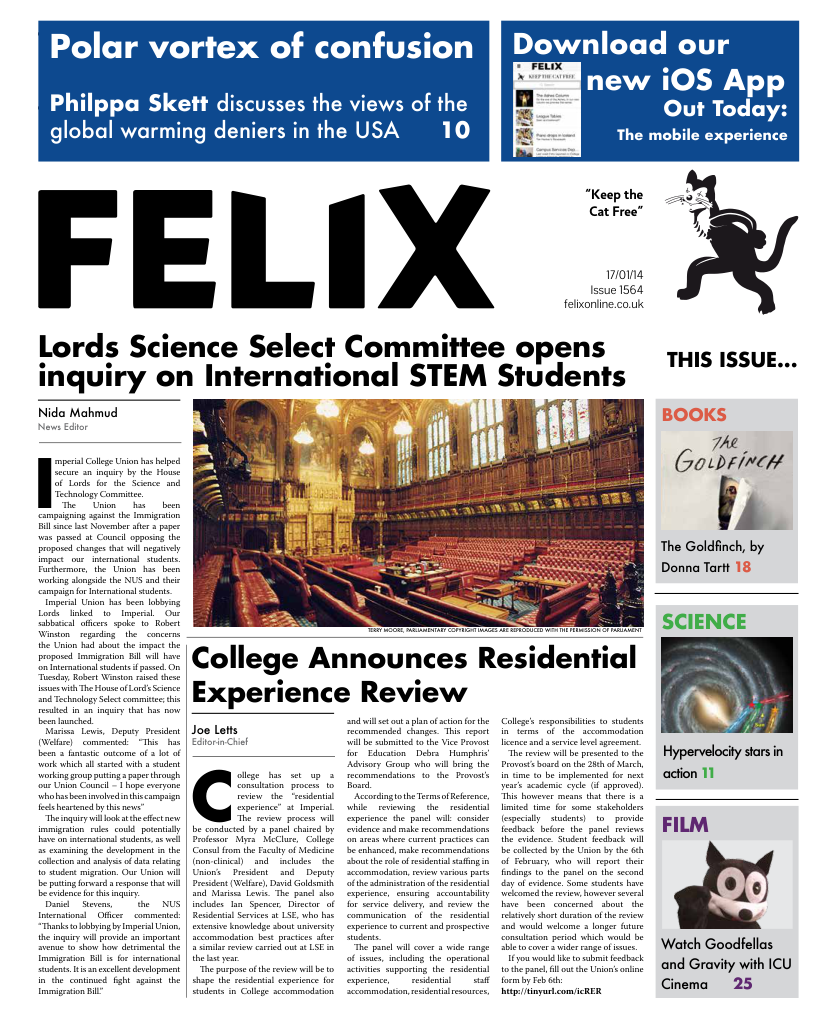The last samurai movie PLEASE
There is no doubt that 47 Ronin was Universal Studio’s hope-child given its vast budget of $175-million. However, unlike The Last Samurai in whose footsteps this movie obviously attempted to follow, the difference between their respective results is stark; in fact, rather akin to that between a ...
There is no doubt that 47 Ronin was Universal Studio’s hope-child given its vast budget of $175-million. However, unlike The Last Samurai in whose footsteps this movie obviously attempted to follow, the difference between their respective results is stark; in fact, rather akin to that between a samurai (warriors following the bushidō serving their liege) and a ronin (ex-samurai who has failed and thereby lost his liege), a concept that the film is supposedly based on but on which the film curiously lacks much expansion apart from a brief narration of the definition of a ronin in the beginning and sporadic mentions of ‘honour’ here and there.
One foremost difference is that the protagonist in The Last Samurai was a foreigner and hence, the dialogue was clearly split between English and Japanese. As the protagonist in 47 Ronin, Kai (Keanu Reeves), is born and raised in Japan it follows that the entire Japanese cast (basically everyone except Reeves) would need to act in English lest the film become subtitle heavy. Apart from 18th Century Japanese characters speaking English somewhat denting the authenticity of the film itself, this is surprisingly less of a hindrance in enjoying the film compared to the predictability and general cheesiness of the film’s dialogue itself. “I would search through a thousand worlds and ten thousand lifetimes until I find you”? Yes, it might actually take that long before such line does a 180° and is considered not cheesy. Or a desperate attempt to keep the love line that seems forced in plot as well as in performance.
The legend of the 47 ronin is a fundamental one surrounding the Japanese culture and history of the samurai, which has been retold in so many forms of arts and literature with lots of material to offer. However, you just can’t help feeling much has been stereotyped and simplified – exiled warriors striving to revenge their wronged master with a cliché villain and star-crossed lovers thrown in for good measure. Throughout the film you can see much evidence that the film struggled to walk the fine line between an art-house samurai film (abundance of cherry blossoms, the colourful costumes and even somewhat bizarre looking makeup making up an overall impressive visual) and a more easy-to-swallow mainstream action film with Eastern influences (err, the character Kai himself, the illustrious shape-shifting witch (Rinko Kikuchi), feeble love-line with Mika (Ko Shibasaki) the daughter of Lord Asano (Min Tanaka) etc.).
In theory, catching two such birds with one stone would have been great, however, in real life, it would have been better if the film simply directed all its efforts to one and did it well rather than being neither here nor there. Rather disappointingly for a samurai film, it even lacks in decent swordfights: they are all too quick and easy to end, which was probably not helped by its 12A rating.
Apart from the underwhelming quality and amount of action scenes many other aspects of the film remain shamefully underused. Lord Kira (Tadanobu Asano) spends most of his time sitting down and is only awarded with a rather short ultimate fight at the end, there is very little plot surrounding the Tengu (nanny figure of Kai with owl reminiscent eyes in the film, a mythical Japanese creature typically with red face, long Pinocchio nose with big sword and feather fan in Japanese myth) and the full-body-skeleton-tattooed gunman and even Kai himself spends a considerable amount of time standing around like a bystander. The character that carries the heavy burden of leading and carrying on the plot of the film falls on the shoulder of Ôishi (Hiroyuki Sanada) who fortunately provides gravitas that the film otherwise lacks. No wonder the film was not very well received even in Japan itself – despite a special edit that was specifically designed for its audiences.





